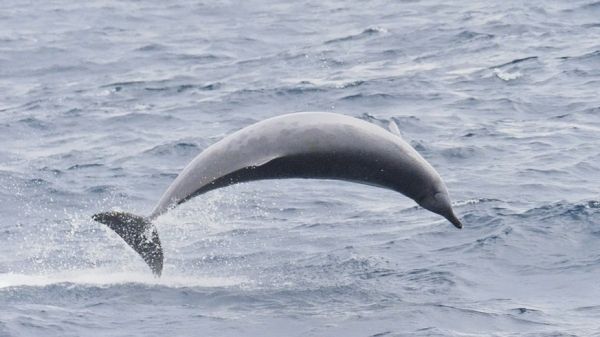The researchers, from the University’s Water Research Institute, looked at the gut contents of more than 2,000 animals to create a simple equation to predict the size of a plastic item an animal can eat, based on the length of its body.
In the study, published today in Nature Communications, they report that the length of an animal can be used to estimate the biggest piece of plastic it can eat - and this was about 5% (a twentieth) of the size of the animal.
The researchers say that as the plastic pollution problem escalates, it is vital to be able to quickly assess the risk of plastics to different species around the world.
This work could also help scientists measure the risk of plastic pollution to ecosystems and food supplies - and ultimately the risk to human health.
Continue reading at Cardiff University
Image via Cardiff University


